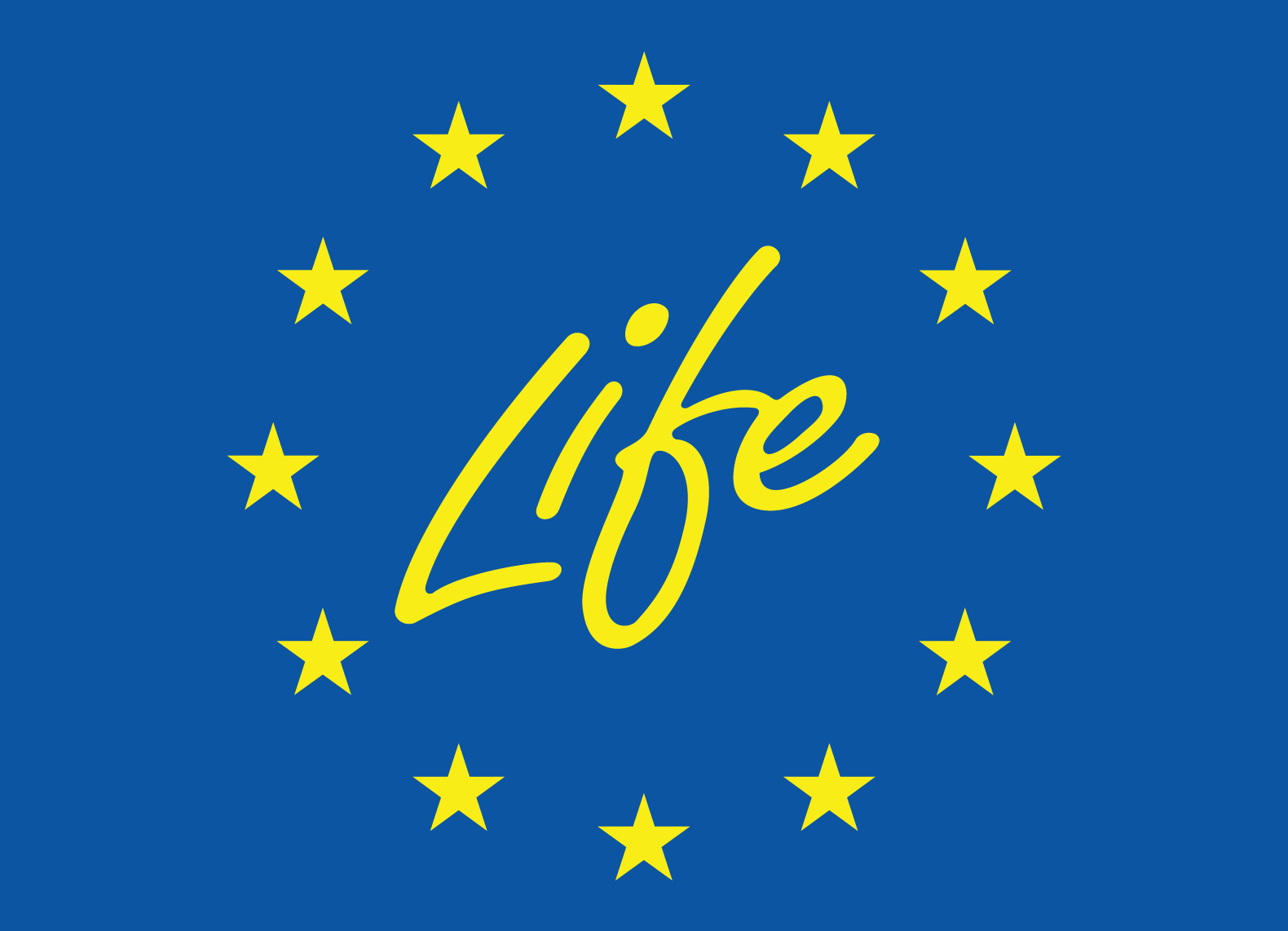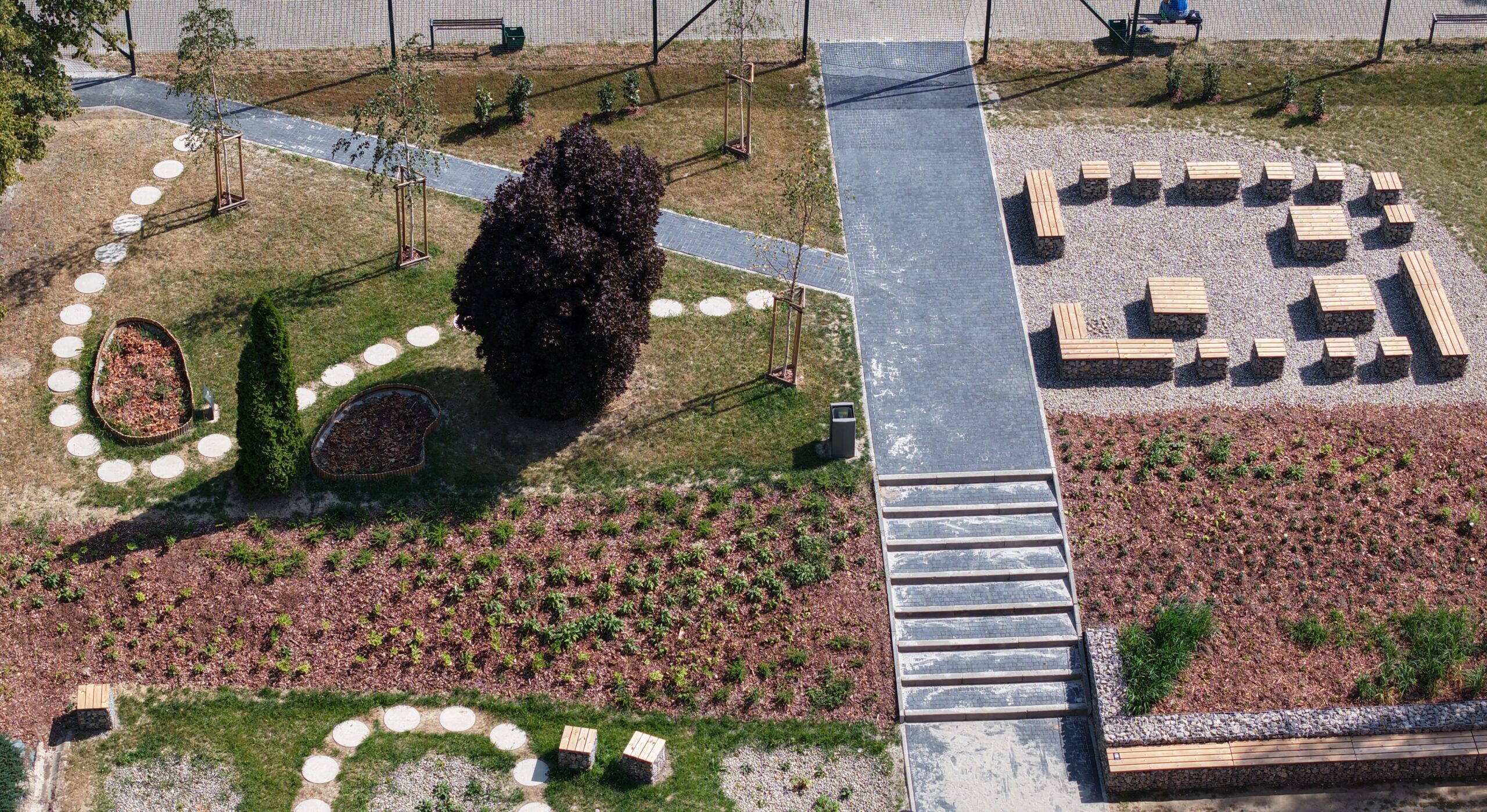
Finished investment at Primary School No. 2 on Strzelców Street
The implementation of the LIFE PACT project at Primary School No. 2 on Strzelców Street in Krakow has contributed to the creation of a multifunctional, friendly educational and recreational space, which also serves an adaptive function in the face of climate change. Thanks to the construction of rain gardens with a total area of 11.26 m² and a capacity of 3.41 m³, it is possible to retain, purify and gradually release rainwater into the ground, which reduces the risk of local flooding and improves the microclimate on the school grounds. As part of the investment, 6 trees, 175 shrubs and 1,430 perennials were planted, selecting species resistant to urban conditions and conducive to biodiversity, which enriched the space with new natural and aesthetic values. Translated with DeepL.com (free version)
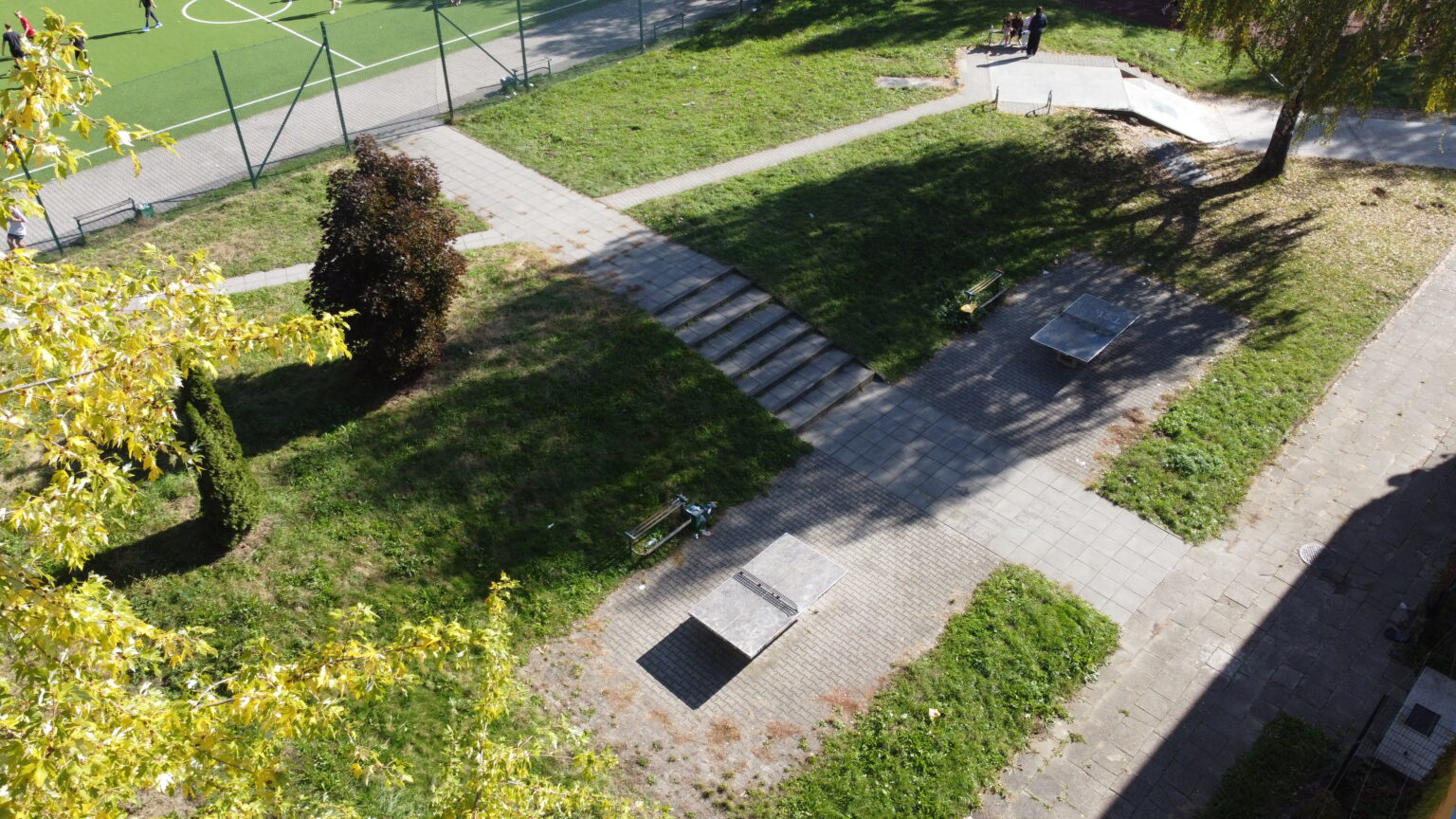
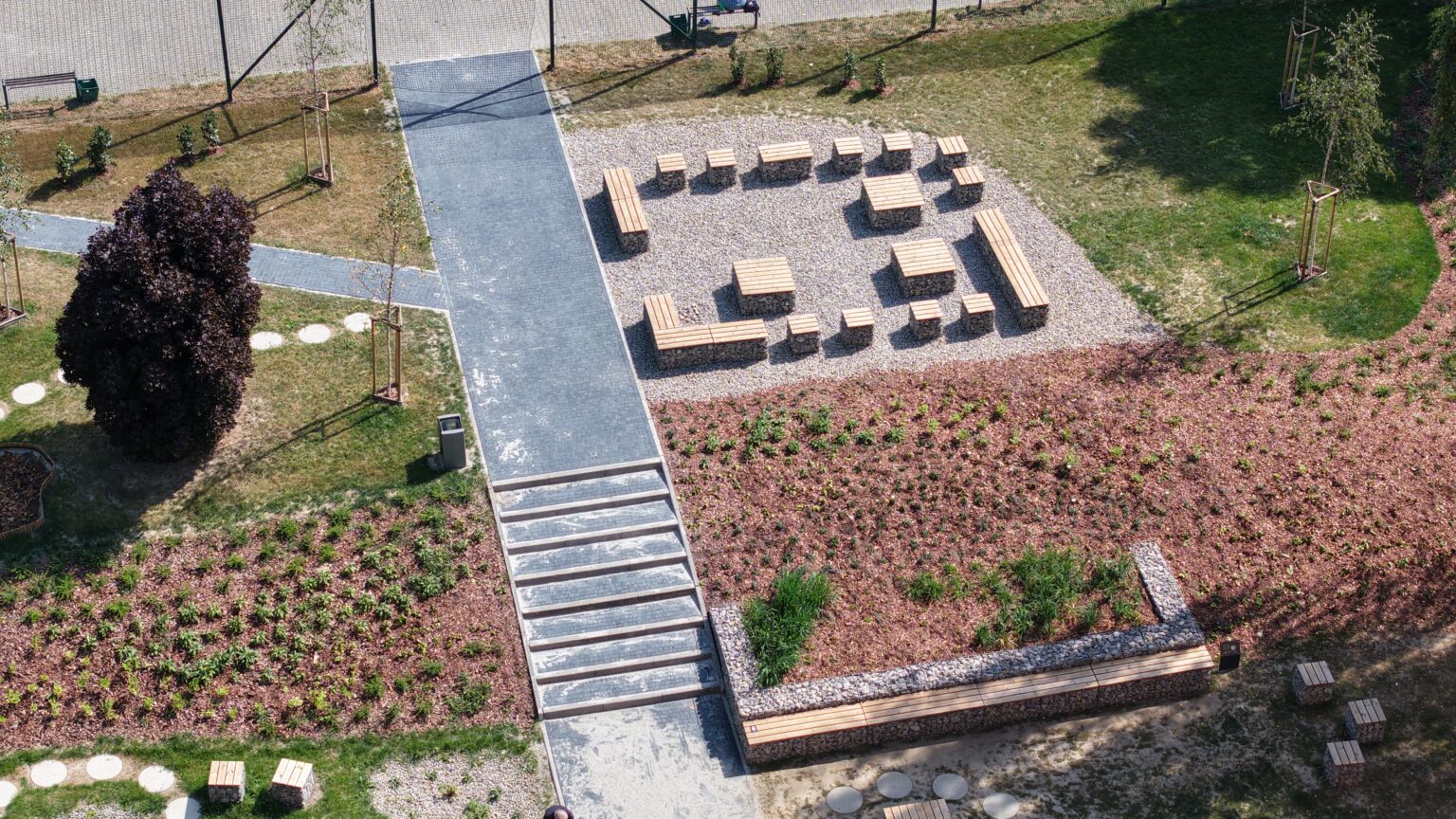
The project was developed through an iterative process, with the active participation of students, teachers, residents and seniors, which allowed the solutions to be tailored to the real needs of users. New benches, gabion seats, a soilarium and educational boards enable outdoor lessons, workshops and community integration events to be held. The introduction of permeable surfaces has reduced the urban heat island effect while improving the usability of the area.
During implementation, soil conditions proved to be a particular challenge, requiring partial replacement of the substrate for proper infiltration and the need to coordinate work with the school's ongoing operations. These issues were resolved through close cooperation with the contractor and technical team, as well as flexible schedule management.
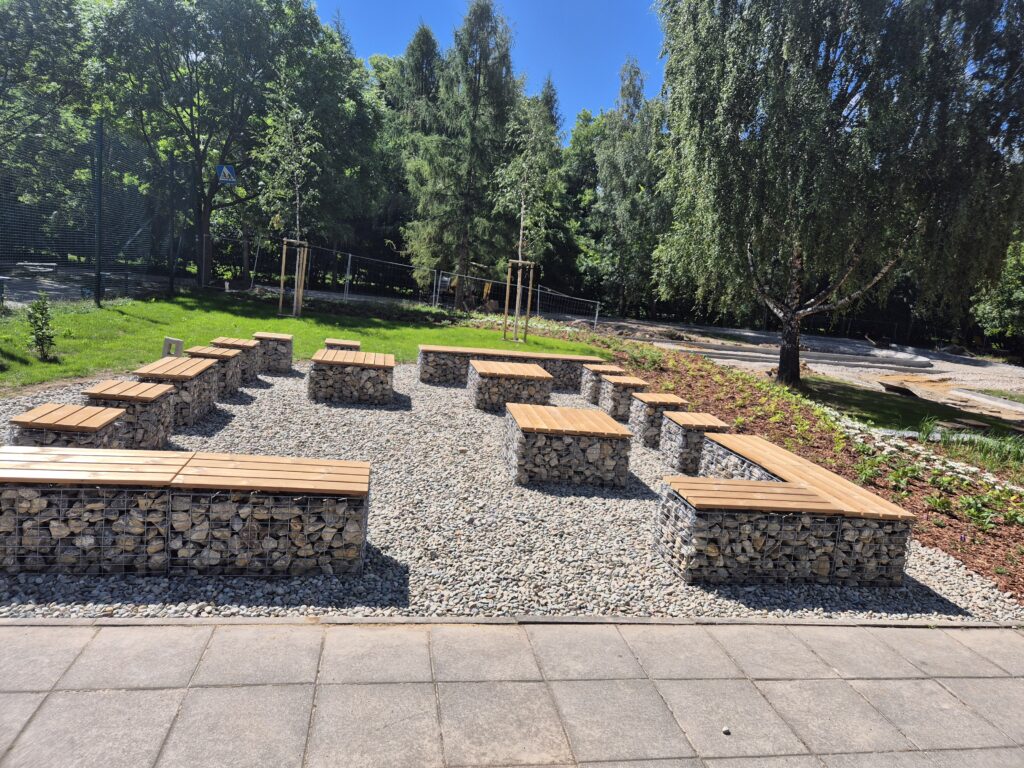
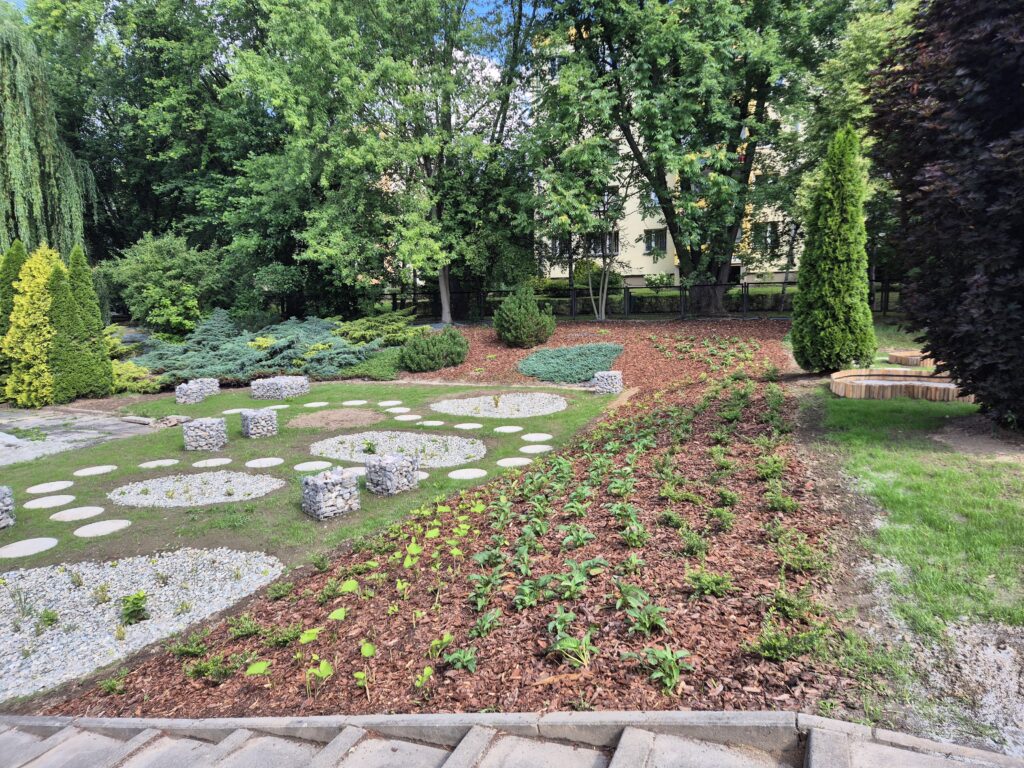
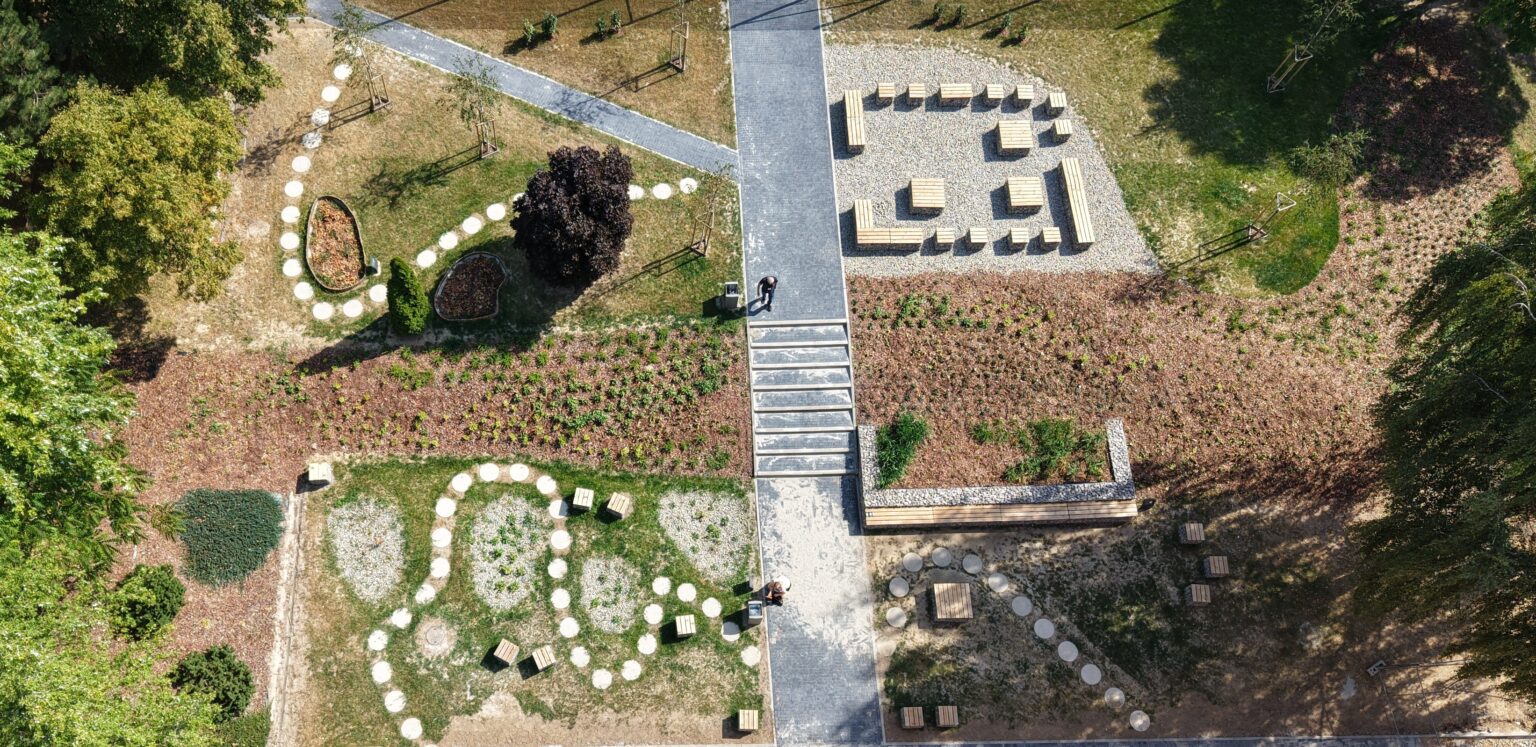
The implementation of this ecological investment confirmed that properly designed nature-based solutions can effectively support the adaptation of educational spaces to climate change, while also becoming a tool for strengthening environmental awareness and building participatory skills within the school community. At the same time, the model developed in this way (from the idea through the design to the implementation) has the potential to be replicated in other educational institutions in Krakow. Thus, it is possible to create spaces that combine adaptive, educational and recreational functions in a systematic way, in line with the needs of users and adapted to natural conditions.
Through this project, LIFE PACT demonstrates how school spaces can serve as local climate adaptation hubs while strengthening educational and social functions. The project confirmed that early and systematic involvement of users (including students, teachers, residents and seniors) enables broad social acceptance and increases the sustainability of results. The school has gained a space for conducting field lessons, environmental workshops and integration activities, which helps to build climate awareness from an early age.
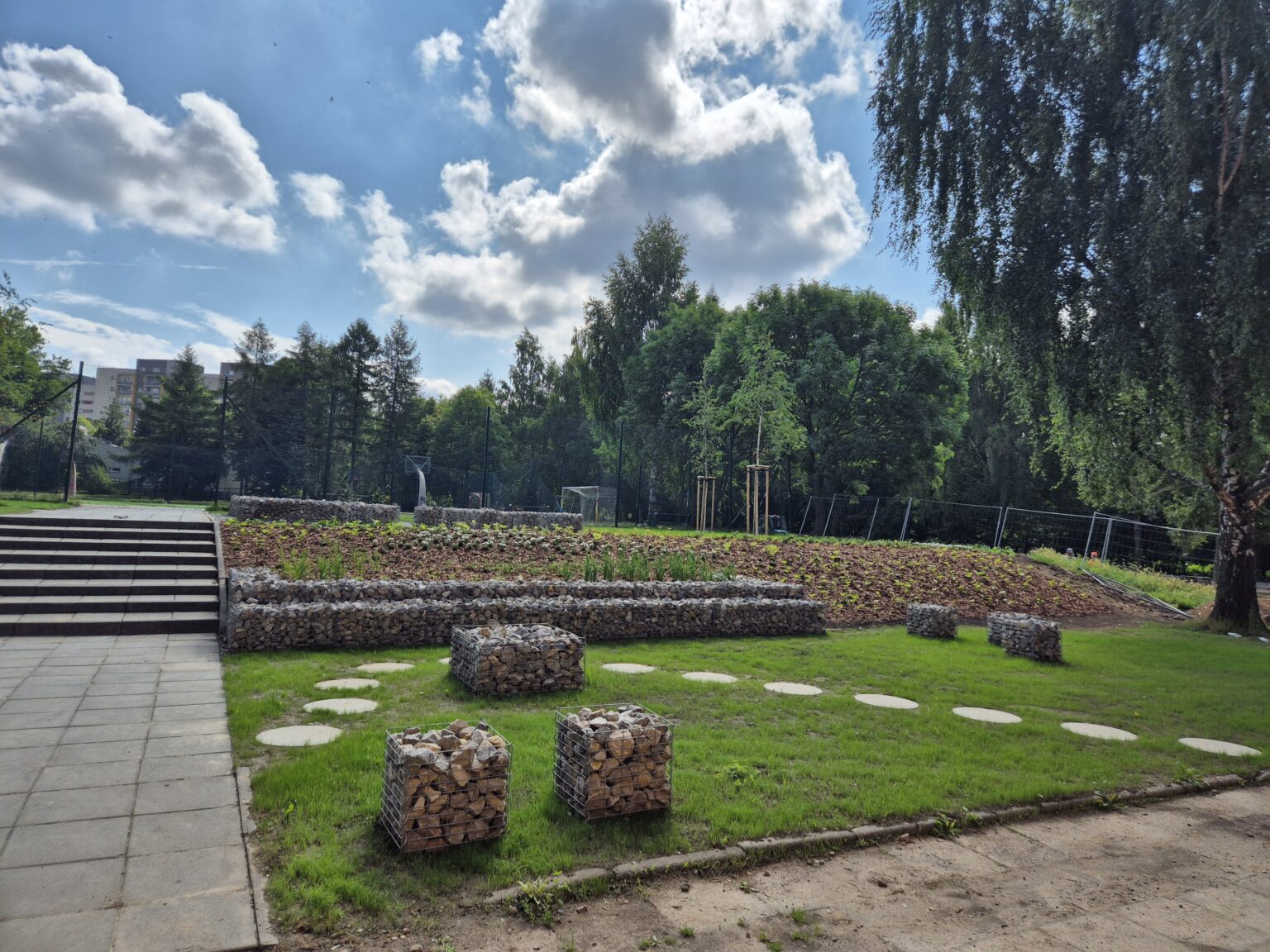
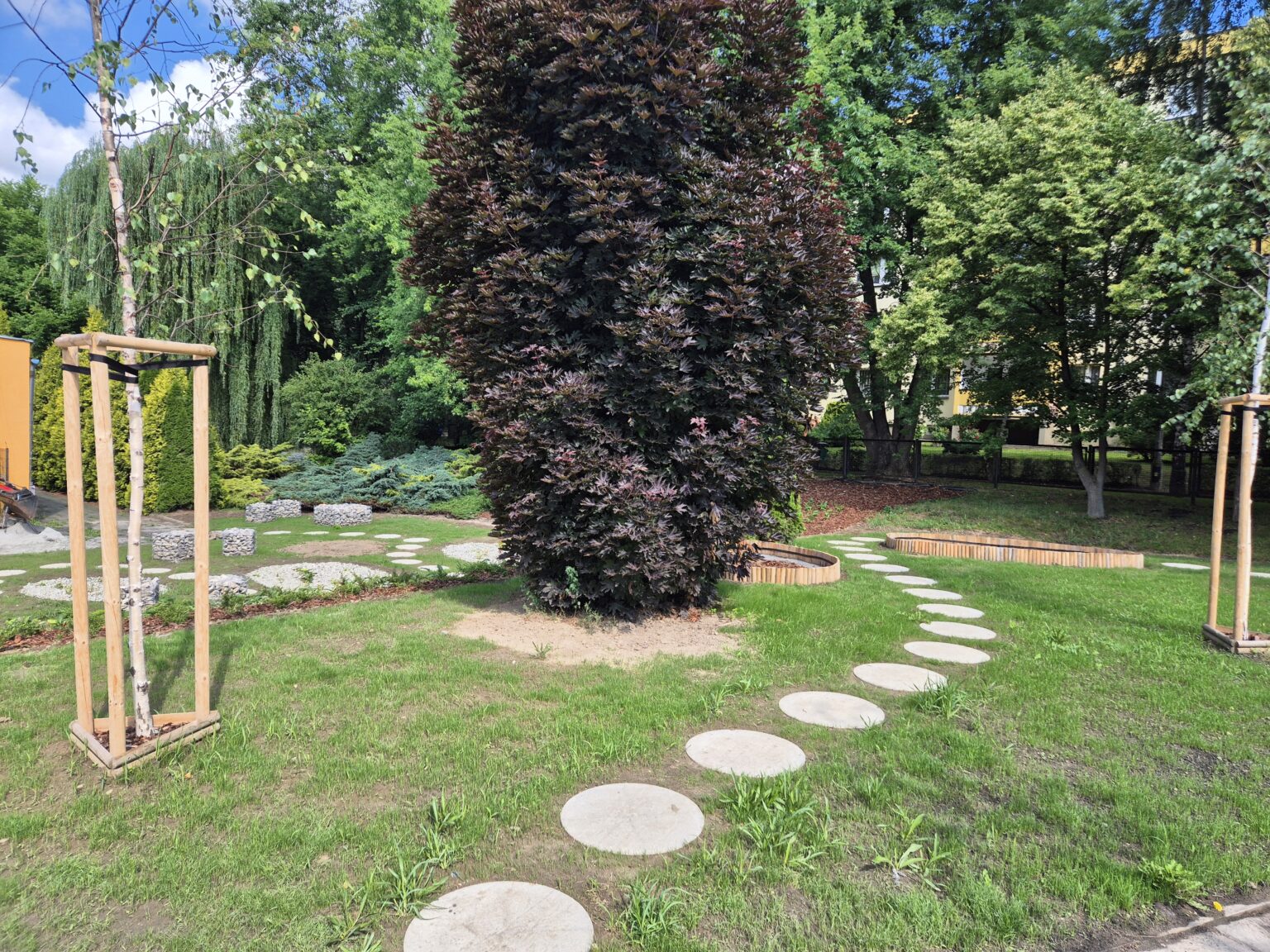
The key to success was the iterative design process, which allowed us to respond to user needs and technical conditions during the implementation of the investment. This made it possible to find a compromise between recreational needs and retention requirements and the protection of existing greenery. The project also demonstrated that creating a precise maintenance model – with responsibilities divided between the school, municipal units and the greenery maintenance contractor – is essential for the sustainability of NBS effects.
Observation of the functioning of rain gardens and permeable surfaces in urban conditions has allowed us to collect practical data on their retention capacity and impact on the microclimate, which will facilitate the further implementation of similar solutions in other facilities. A particularly valuable aspect was the combination of educational elements (information boards, soil display, pollinator houses) with retention landscape elements, which increases young people's interest in water and biodiversity issues.
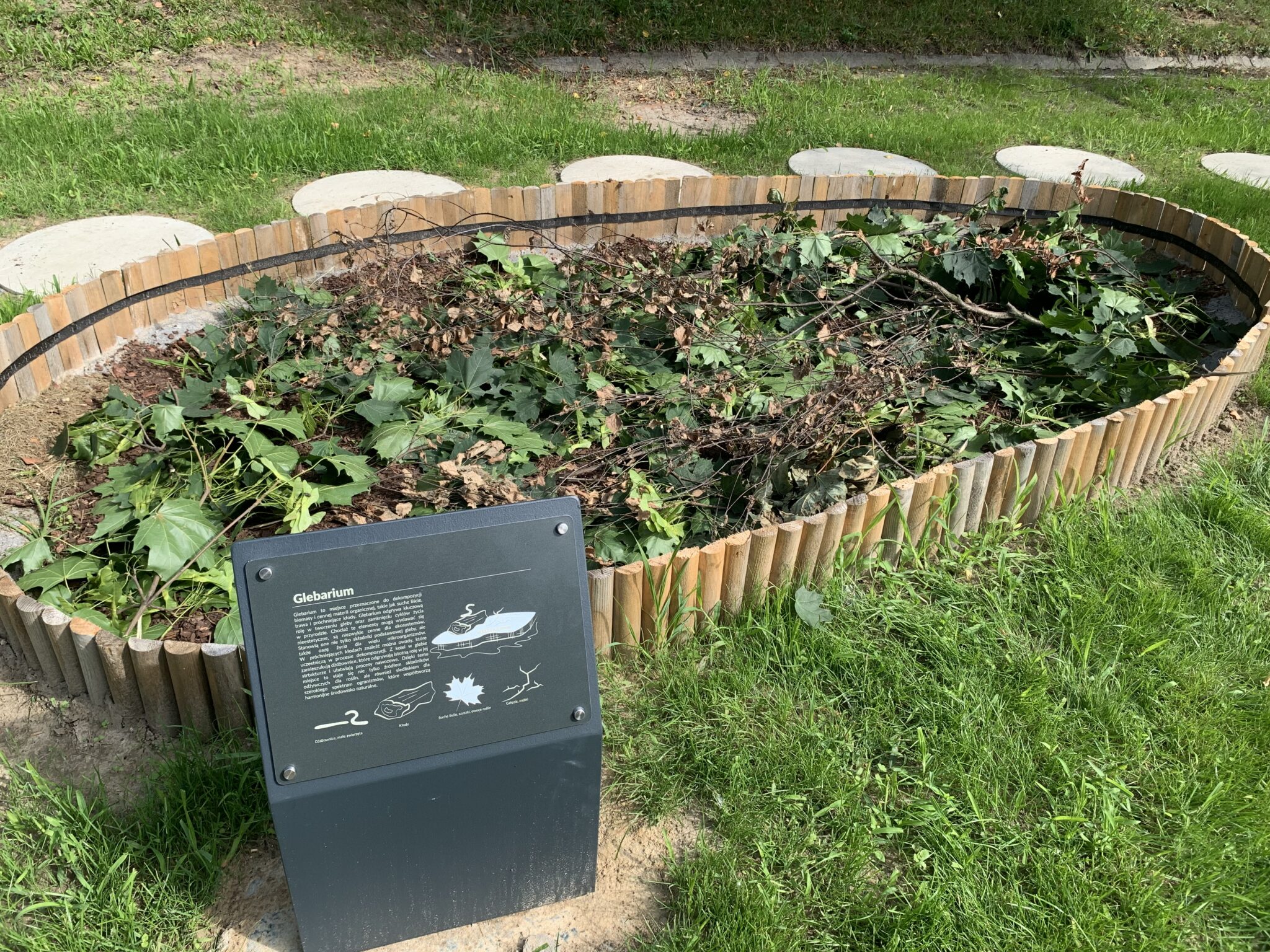
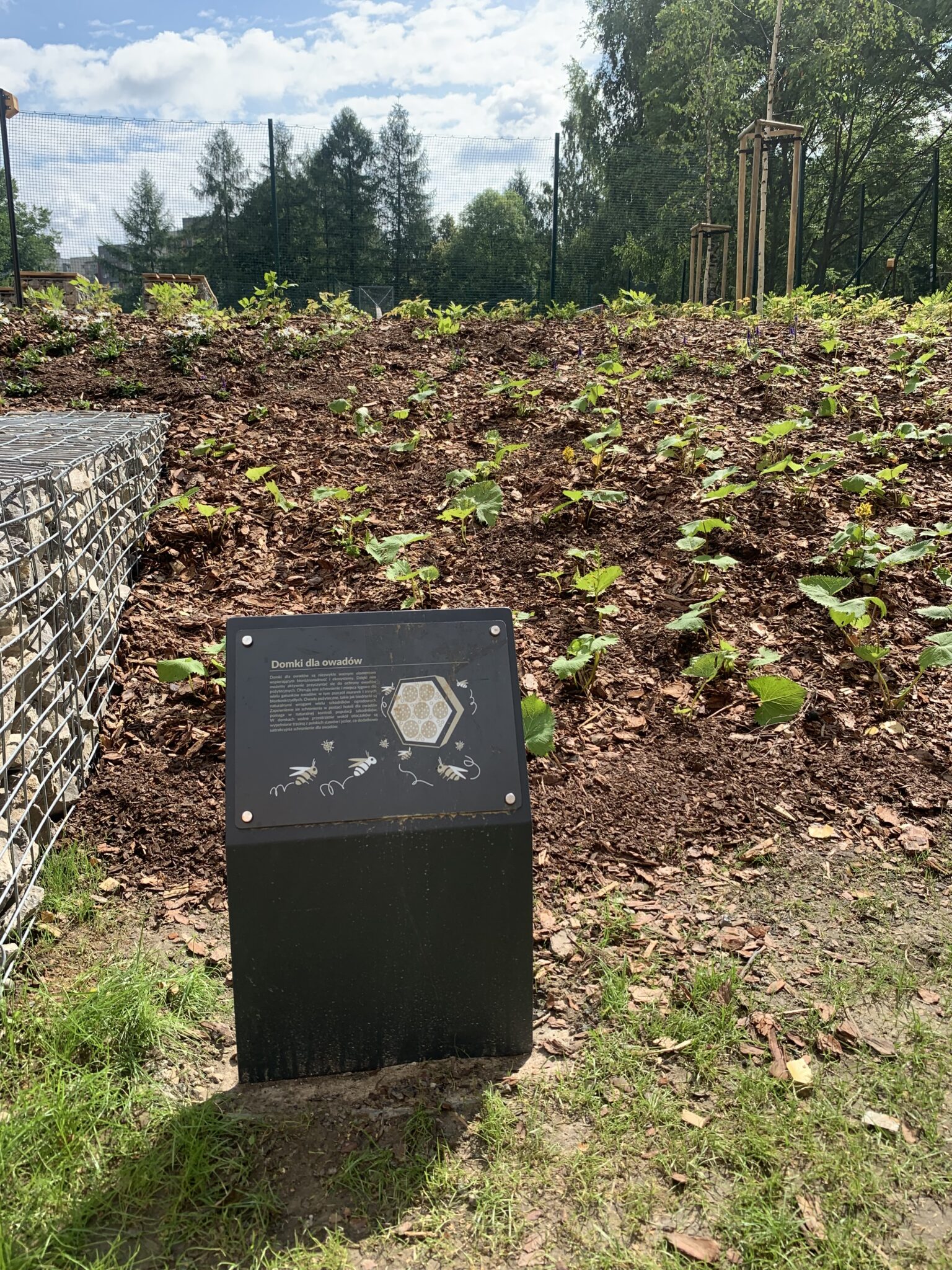
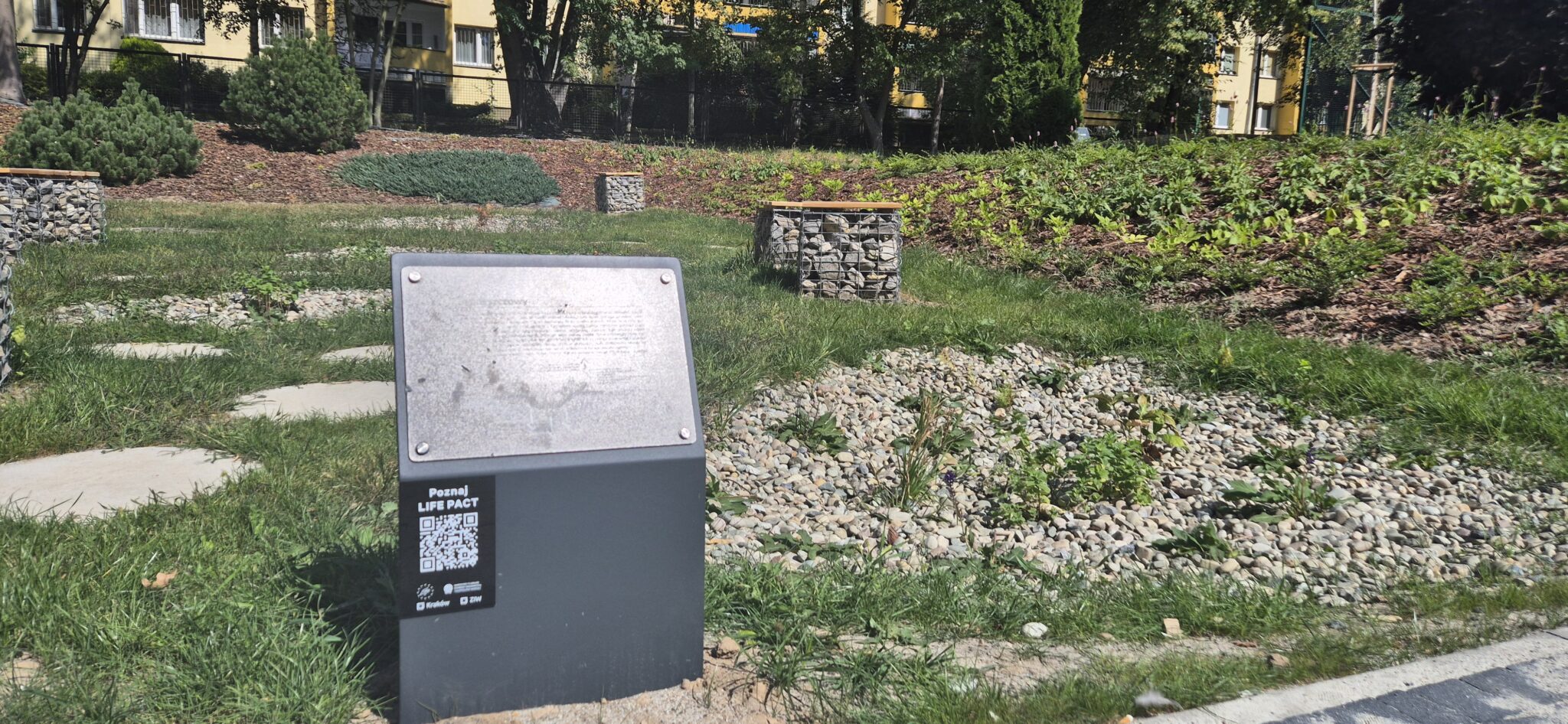
The investment has demonstrated that school space can serve as a model example of combining social, educational, and adaptive functions in a sustainable and visually appealing manner. The solutions developed can be easily replicated in other educational institutions and housing estates in Krakow, provided that three conditions are met: early community involvement, close cooperation with municipal authorities and systematic monitoring of the functioning of the solutions.
This enables schools to become active participants in the process of adapting the city to climate change, while increasing user comfort and supporting environmental education.
